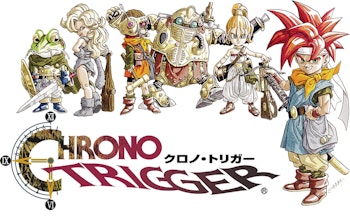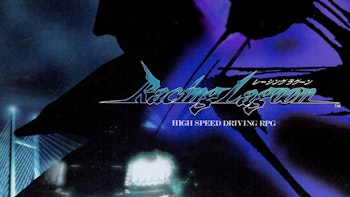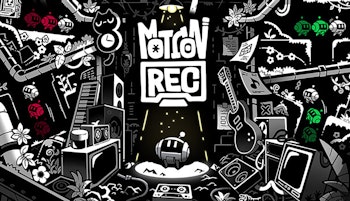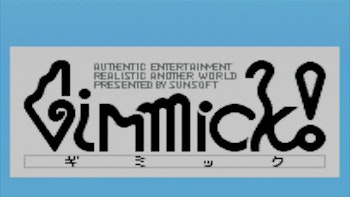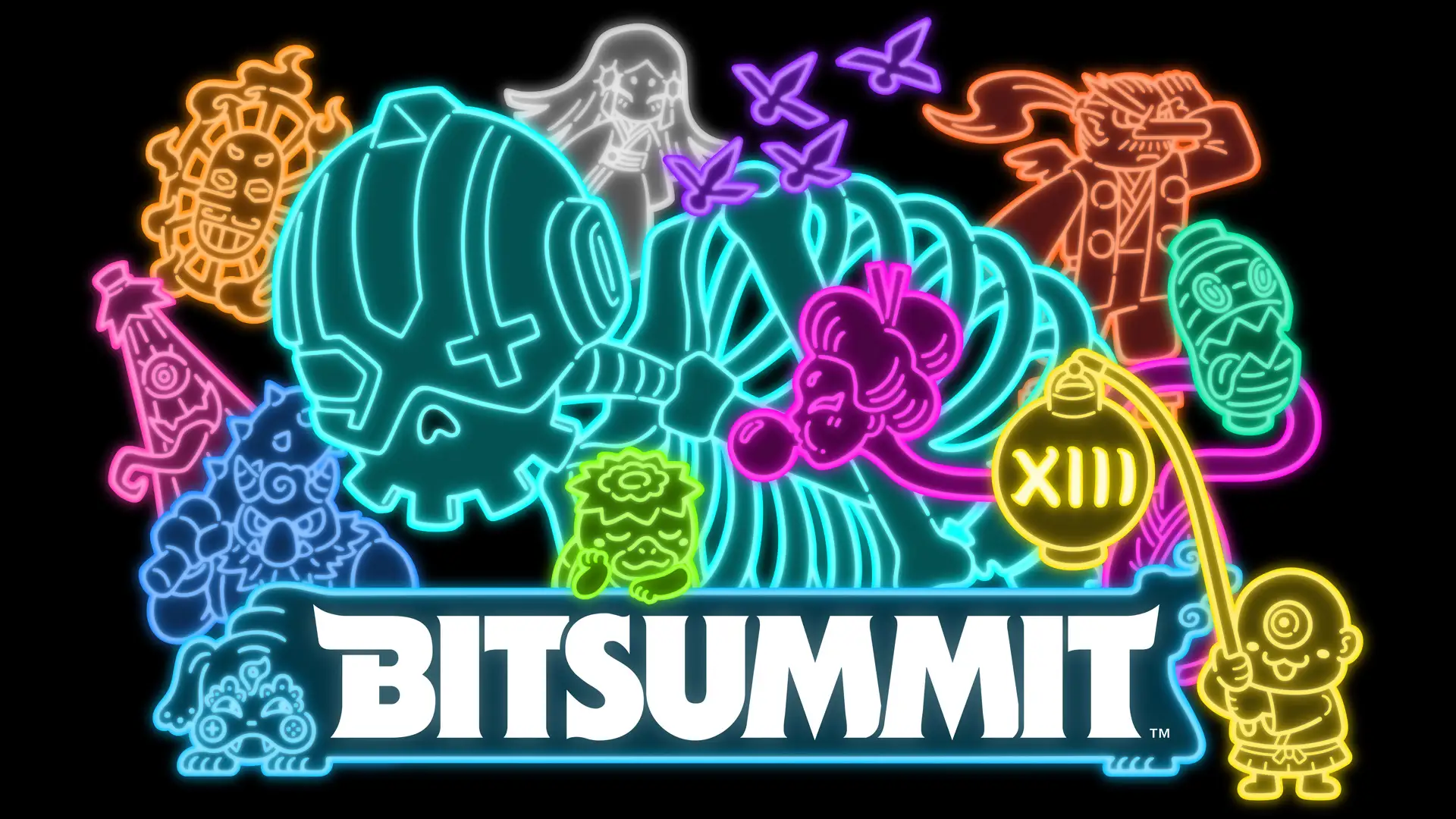
BitSummit, for those unfamiliar, is Japan’s biggest indie and doujin gaming event, now in its 13th iteration. Over those years, the event has grown from a few creatives sharing their work collectively in a closed, private event to a major spectacle in the yearly gaming event calendar in Japan, occupying multiple floors of Kyoto’s Miyako Messe convention center as a premium showcase of the best of indie gaming from Japan and abroad for a domestic audience. This year’s event attracted 60,000 attendees across the three days, a near-3x leap from the attendance just two years prior and its biggest event to date.
It’s also likely you may not have heard of the event until now. For all it is Japan’s biggest indie gaming event, coverage of the event is sparse. Here at scrmbl we’ve covered other events featuring indie games such as Kawagoe Game DIGG and, of course, Tokyo Game Show. But, as one of the longest-running and most enjoyable gaming events on the gaming calendar, we wanted to give BitSummit some extra attention and share just what makes the event so great, as well as give out some tips for anyone looking to attend the show for themselves.
What is BitSummit?
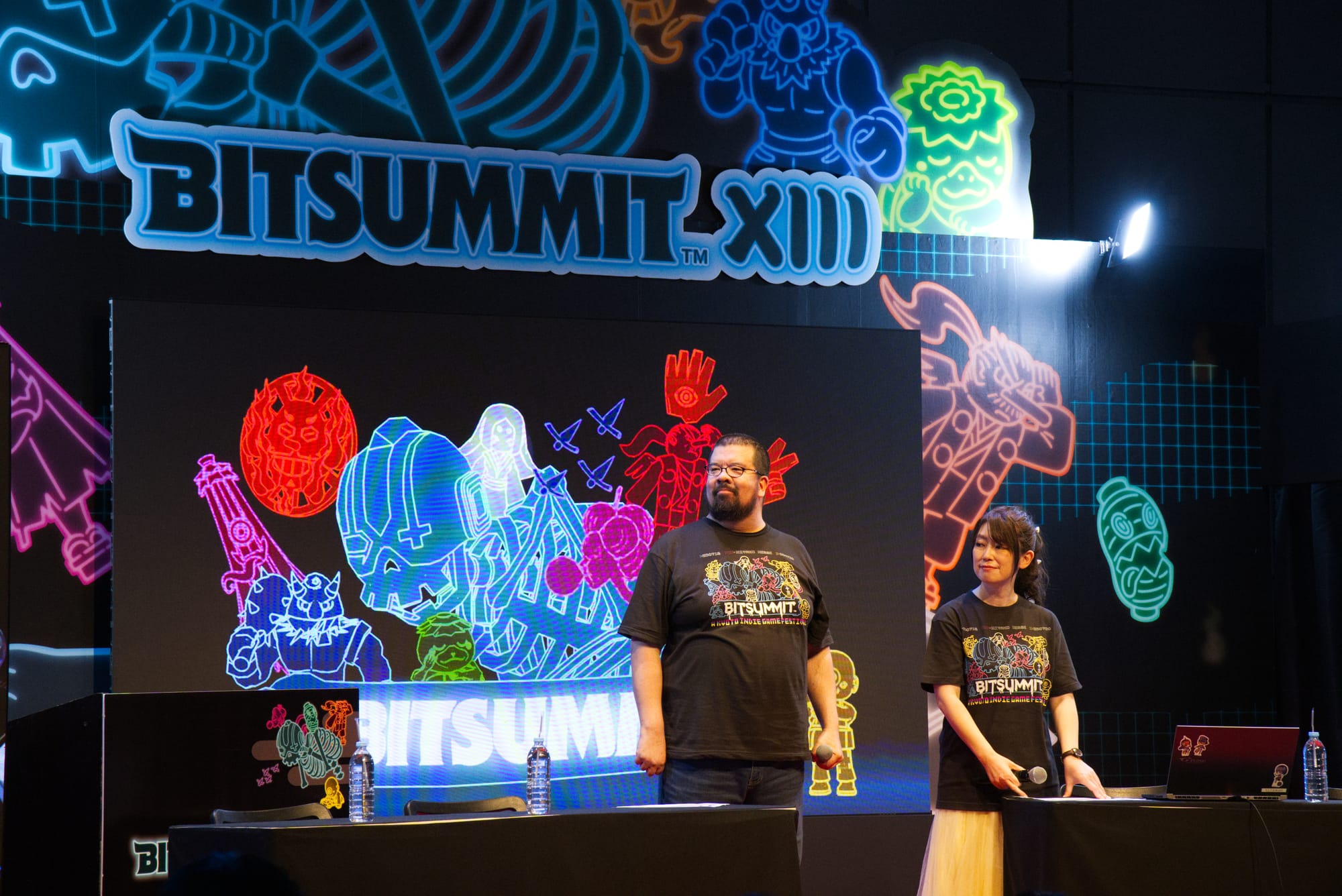
Doujin gaming had a place in the hobbyist creative space going all the way back to the 1980s, and long before the West was producing its first major indie gaming starlets Japan had its own influential doujin ideas that transcended the halls of convention centers to become cultural phenomenons. Touhou Project is the obvious one to come to mind here. Initial games were essentially the one-man efforts of ZUN, series creator, which was par for the course for doujin gaming as a whole: one person, or maybe a small circle of a few creators, making something neat in their spare time. Commercial gaming was the home of the major studios, and indie gaming in the way many define it simply didn’t exist.
By the beginning of the 2010s, the creation of small studios with commercial ambitions was a growing trend elsewhere otherwise alien to the Japanese development scene. Q-Games, itself a studio founded on a cross-cultural international basis by Dylan Cuthbert, previously a major figure at British studio Argonaut instrumental in creating Star Fox and a experienced and talented developer embedded in the Japanese development scene, was an exception. The studio was founded in 2001 as a multinational team supporting Nintendo and Sony on technological development while toiling away at both licensed projects (Star Fox Command) and original games (the Pixeljunk series).
By this point, having demoed titles abroad and seen the growth of the scene at events like PAX, members of Q-Games including John Davis, who now manages the event alongside handling PR at Shueisha Games, co-founded BitSummit in 2013 with support from Epic Games as a behind-closed-doors event designed to let indie creators share their work with one another. Talks were held by people across the industry such as SUDA51 and Valve, but it was ultimately a small event. Over time, awareness grew, ballooning the event into the premier Japanese event for indie gaming it has now become.
What to see during and beyond the show at BitSummit
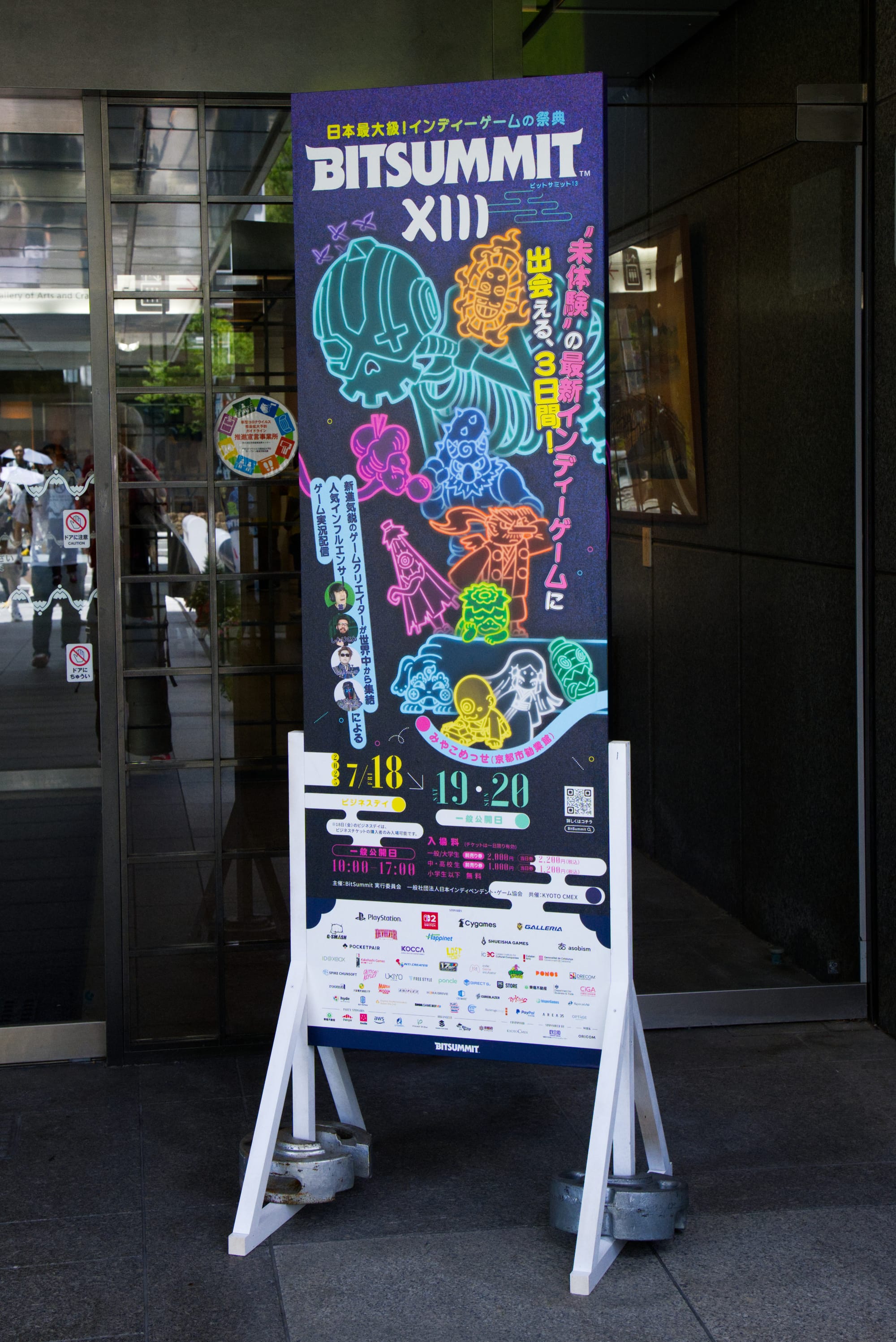
Naturally, the state of the event in 2025 is far removed from this small-scale behind-closed-doors event of 2013. BitSummit introduced public attendance in 2014, and it’s only grown ever since. In 2024, they even introduced board games to the event, a natural progression of the offerings of the event until that point.
BitSummit takes place across two floors of Kyoto’s primary convention center Miyako Messe towards the north east of the city, with activities evenly split across the two floors. Central to the event is the indie selection, a curated entree of roughly 80 games from both inside and outside of Japan evenly split across the two levels that vary wildly in genre, scale and ambition. Every year promises new surprises, and this most recent event was no different, with quirky rhythm games stood side-by-side with unnerving psychological horrors, visual novels, shooters, experimental fighting games programmed in the off-beat Pico-8 engine and more.
These are the games in competition for the event’s top prizes, chosen by sponsors, a jury and fan votes to determine the most entertaining game of the event. There’s going to be something new you haven’t heard of before, and with so many games on offer, it’s easy to sit at any title without needing to wait in long lines in order to try a new game. But that’s just the start of the games being offered.
In recent years, a special game jam organized by the event in partnership with Konami and others has given smaller developers to create new ideas from scratch on their own or with a small team around a specific theme. We dabbled in this experience ourselves with Global Game Jam, but this is an event tailored for the show with a focus on highlighting newer and younger developers with a chance for a few select games to get space on the show floor to showcase the results alongside the other games.
Then, along the walls and in central locations across both floors, are booths dedicated to the events many sponsors and indie publishers. In helping to fund the event and supporting the developers, these companies have been provided their own booths and opportunity to show off their games alongside the selected titles at the event. Considering the importance of the event, every major indie publisher from both Japan and abroad is here. You have room6 and Yokaze, Playism, Holo Indie, Shueisha Games, Kakahashi Games, and more, as well as global names like Devolver Digital, Critical Reflex, and Bigmode among others.
In the most prominent spaces were the leading publishers which included the console makers. Both Playstation and Nintendo had their own booths at the show promoting indie games on their platform. Playstation included an eclectic mix including a new Lumines title from Enhance and a selection of Indian titles receiving direct support from Sony, while Nintendo chose to highlight indie titles available and playable on Nintendo Switch 2, from those already released to upcoming games like Hades 2.
On the first floor you can find some of the more unusual exhibits at the event. This is where the board games are situated, a mostly doujin selection of titles that prioritized unique settings and play styles within more compact forms. Japan has a strong indie and doujin board game scene, something apparent not just from attending doujin events but any time you enter a store dedicated to tabletop and card games. Alongside that is another relatively new addition to the event, a section dedicated to games with unique controllers. These are titles that would never be possible outside of an event scenario and are often some of the most inventive experiences at the show. In one game, you hold up uchiwa fans at a concert in order for your idol to notice you, while another replicates the feeling of moving in a wheelchair through a crowd.
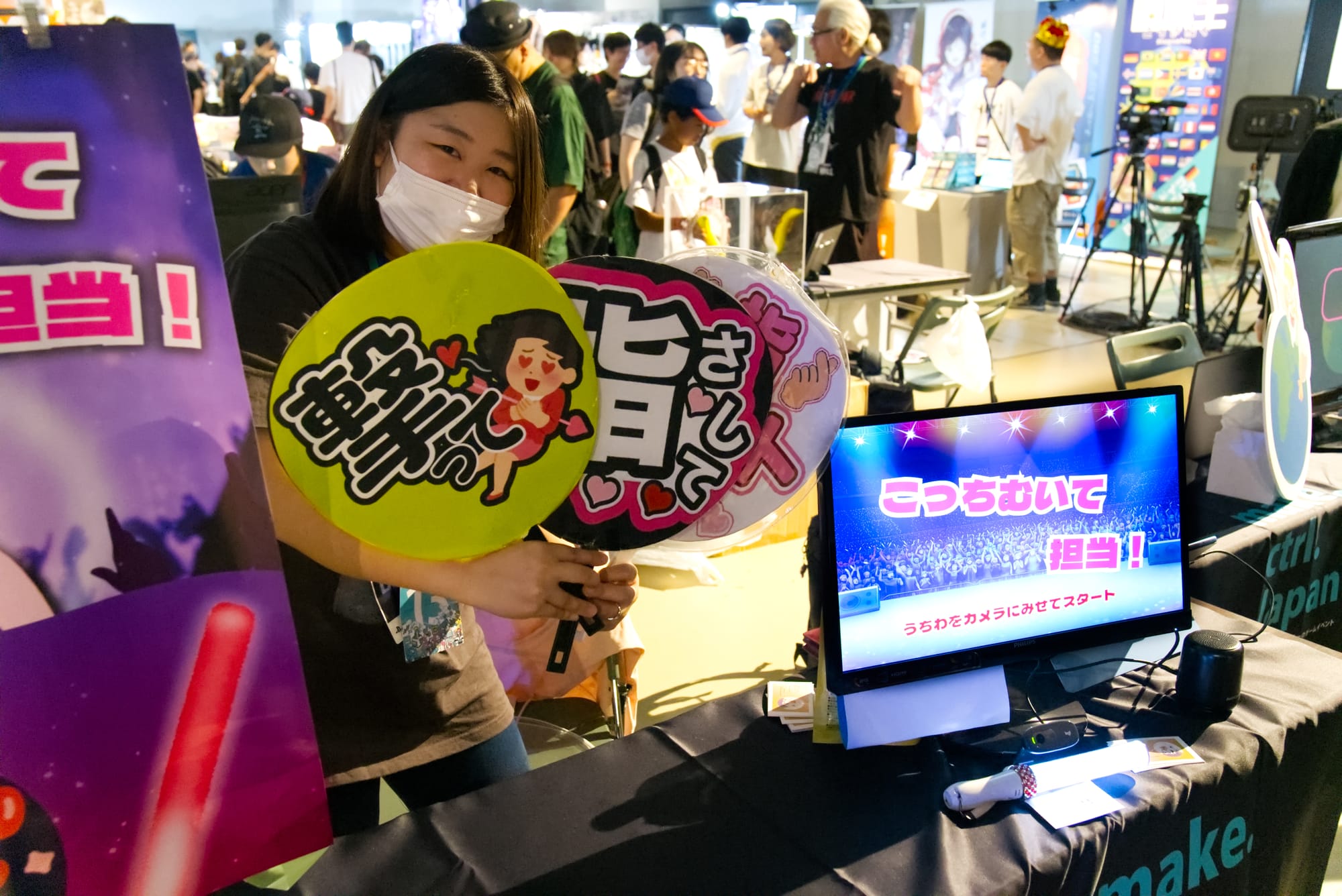
There’s honestly so much to do, from sales booths for companies like iam8bit and Superdeluxe Games selling games and vinyls and more, as well as food stalls. A dedicated stage hosts a rotation of game showcases and live musical performances. This year, Chip Tanaka performed on one day while Nobuo Uematsu led his band conTIKI onto the stage to perform on the other. A unique experience this year was a special fantasy RPG-themed area selling not just food, but encouraging attendees to take part in a LARP-esque side quest to discover the strongest weapon.
The event has grown from a one day show to a three day spectacle, with one day dedicated to business. And the event doesn’t end with the closing of the event hall, either. You can find small events linked to BitSummit dotted around the city as well. Gallery 9.5, a small space attached to Hotel Anteroom Kyoto, has consistently held a small showcase of past BitSummit titles during the event and in the period leading up to it, never mind the various gatherings across the city as indie developers descend on the ancient capital.
BitSummit is, above all else, a celebration of indie and doujin gaming, and that’s apparent everywhere you look around the convention hall. Every developer is there because of the passion for their work and this industry, and those seeking out an event such as this care about the people making games just as much as the titles themselves. It ensures a warm and inviting atmosphere for any and all who make the trip. Having recently held the event in the heat of the summer sun, BitSummit 2026 will move slightly earlier in the year to 22-24 May, so those interested in attending should look forward to cooler weather and prepare for another entertaining year!
The best Japanese games of BitSummit 2025
That being said, with BitSummit 2025 coming to an end, what were the best games of the event? As a website dedicated to Japanese pop culture, although the development is equally shared between domestic and global creators with equal passion for the industry, we thought it only appropriate that we highlight a few of the best Japanese-developed titles on display at the event.
TIMEMOON
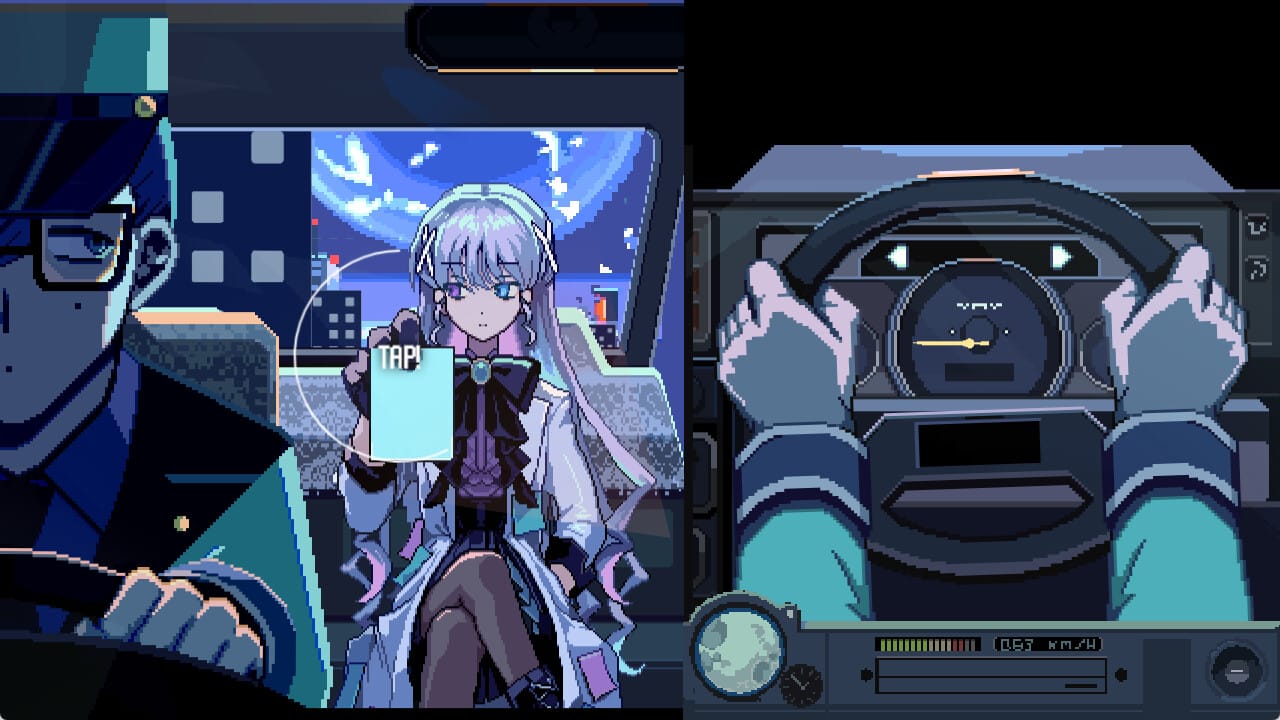
Described to me by its developer as a blend of Coffee Talk and a timetraveling philosophical adventure, TIMEMOON places you into the role of a taxi driver on the moon shuttling passengers around as they share their stories and you try and get to the root of the mystery surrounding the president’s assassination. In talking to them and understanding them you learn their true destination, whether in the past or future, and use your taxi to take them there. As you do, news headlines and the state of the world will change slowly and might lead you to the truth, if you avoid a paradox.
The promise of the final game is a 100,000 character visual novel diving deep into the moral complexities of modern life against a sci-fi backdrop, and with a moody setting and beautiful pixel art it certainly delivers on that in this early demo. The developer has already captured an audience with their past game, MAMIYA, and while distinct from the themes and art style of that title, suggests they have the talent to deliver on this ambitious project.
Lily in DreamWorld
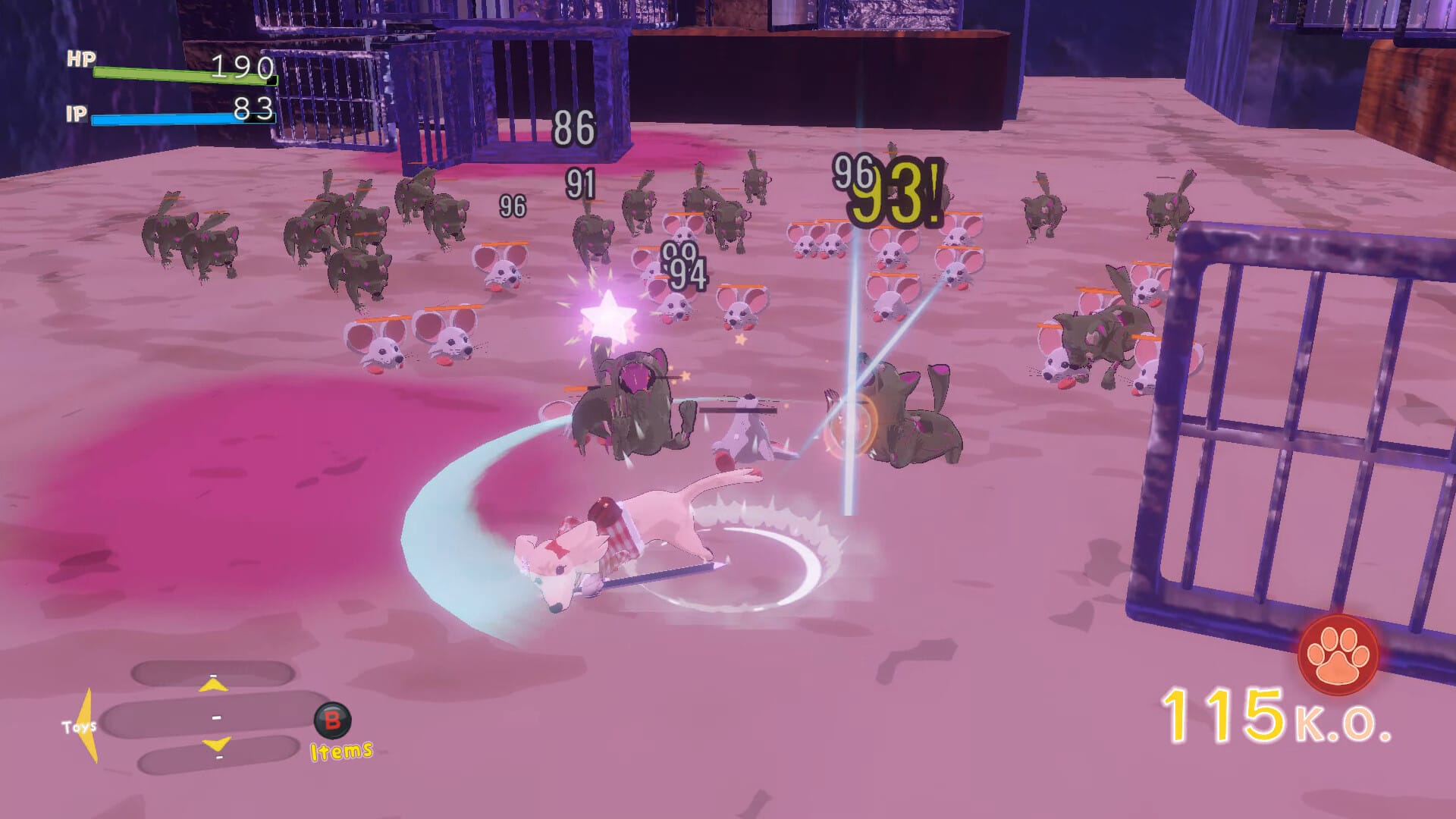
The Indie Game Incubator is a development support initiative aiming to aid newcomer developers in bringing their projects to life while connecting them with publishing partners. This allows newer developers a chance to gain a foothold in a difficult industry, and of this year’s selection no developer perhaps embodies this quite like Yoshio Games with Lily in DreamWorld.
This blend of Musou-style action and platforming with a canine protagonist comes from a place of heart: the creator chose to make the game in their spare time as a way to memorialize his departed miniature dachshund in a story where a similar dog fights through hell in order to reunite with his beloved partner. Most of all, especially for the creator’s first game, it’s very fun!
ThumbyLina
In a title embodying the unique control schemes and ideas on display at this year’s BitSummit, ThumbyLina transforms a Tamagotchi into an anime girl, housed within a 1-inch piece of hardware with an even smaller screen and physical buttons. Think of it like a personal companion designed to encourage you to do your chores: you can set a timer and the girl will work alongside you during that time to finish the goal, and you can even unlock outfits the more you work and play together.
The concept is simply neat. The device is small enough to attach to a phone, keys or bag while being entirely offline to reduce distractions. As someone slowly moving more and more reminders and aspects of my life offline and, if possible, to analogue forms, it has that appeal, all while being a cool technical achievement. Mass production is admittedly infeasible, but the hope is numerous small productions could allow the concept to reach an audience, and I hope they can make it work.
